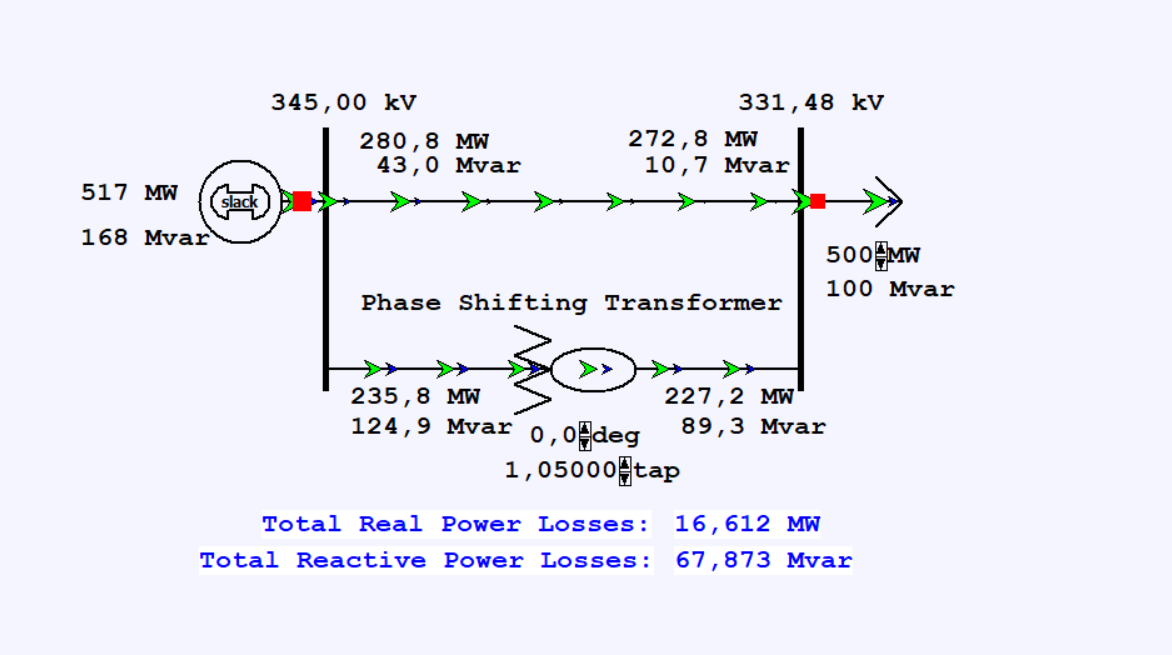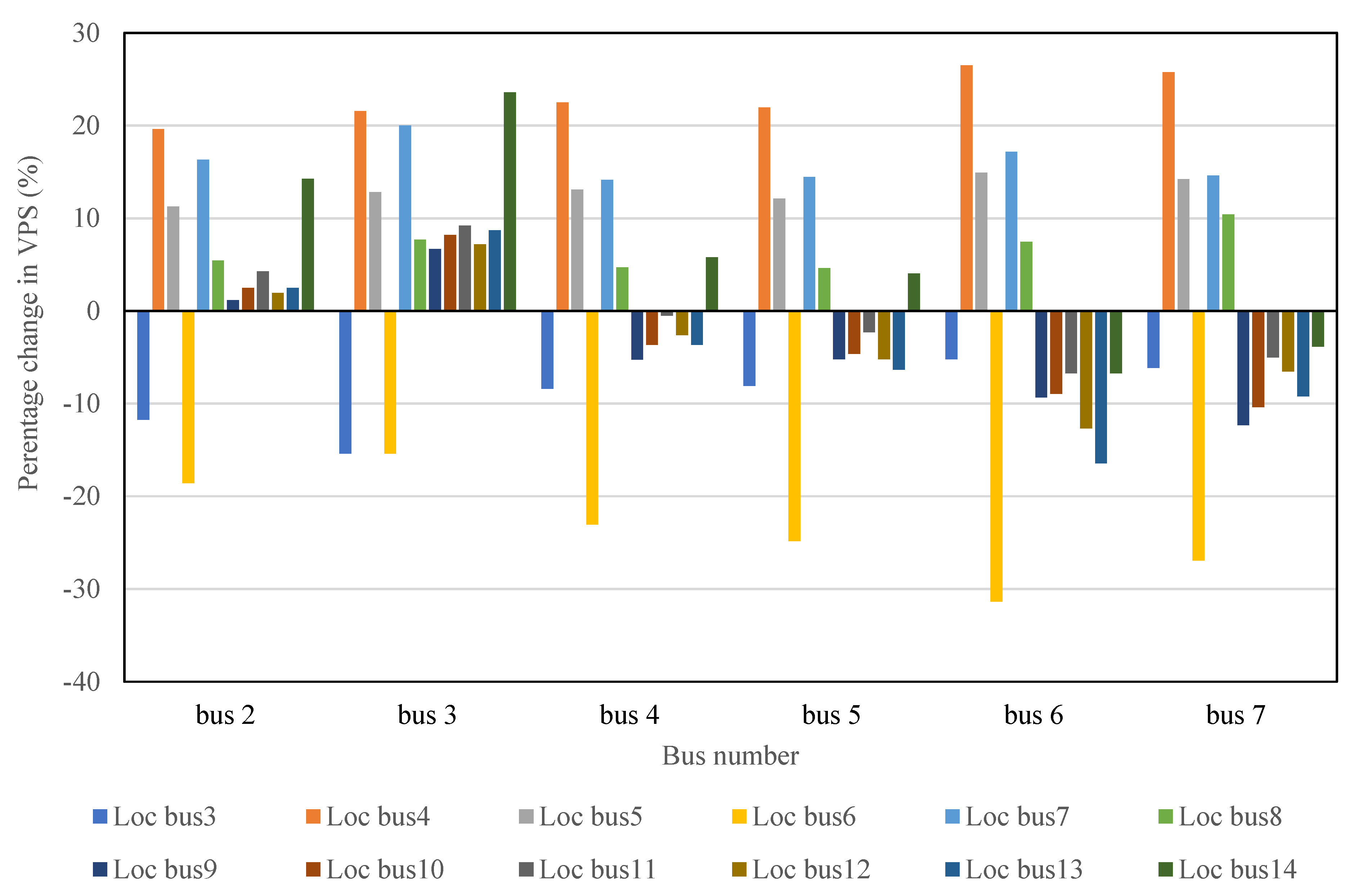

The second example compares TCP Reno and TCP Vegas. We also introduce some elements of designing simulation experiments. This example allows us to explore the synchronized-loss hypothesis ( 20.3.4 Synchronized-Loss Hypothesis) and to introduce phase effects, transient queue overflows, and other unanticipated TCP behavior. The primary competition example here is between TCP Reno connections with different RTTs. We then turn to competition between two TCP senders. We begin this chapter by looking at a single connection and analyzing how well the TCP sawtooth utilizes the bottleneck link. An important advantage of simulation over emulation, however, is that as emulations get large and complex they also get bogged down, and it can be hard to distinguish results from artifacts.

Power world simulator case example 5.4 software#
An alternative to simulation, network emulation, involves running actual system networking software in a multi-node environment created through containerization or virtualization we present this in 30 Mininet. Simulation is frequently used in the literature when comparing different TCP flavors for effective throughput (for example, the graphs excerpted in 22.15 TCP CUBIC were created through simulation). However, some of the outcomes described may be of interest even to those not planning on designing their own simulations. Parts of this chapter may serve as a primer on using the ns-2 simulator, though a primer focused on the goal of illuminating some of the basic operation and theory of TCP through experimentation. For example, in the discussion in 31.3 Two TCP Senders Competing of competition between TCP Reno connections with different RTTs, we address several technical issues that affect the relevance of simulation results. The primary goal is to provide comparison between idealized TCP behavior and the often-messier real behavior a secondary goal is perhaps to shed light on some of the issues involved in simulation. In the present chapter we will look at actual TCP behavior, through simulation, enabling us to explore the accuracy of some of these assumptions. In previous chapters, especially 20 Dynamics of TCP, we have at times made simplifying assumptions about TCP Reno traffic.

31.4.2 SACK TCP and Avoiding Loss Anomalies.31.4 TCP Loss Events and Synchronized Losses.31.3.10.2 Higher bandwidth and link utilization.31.3.7 Phase Effects and telnet traffic.31.2.6.4 Packets that are delivered twice.31.2.6 Single-sender Throughput Experiments.


 0 kommentar(er)
0 kommentar(er)
